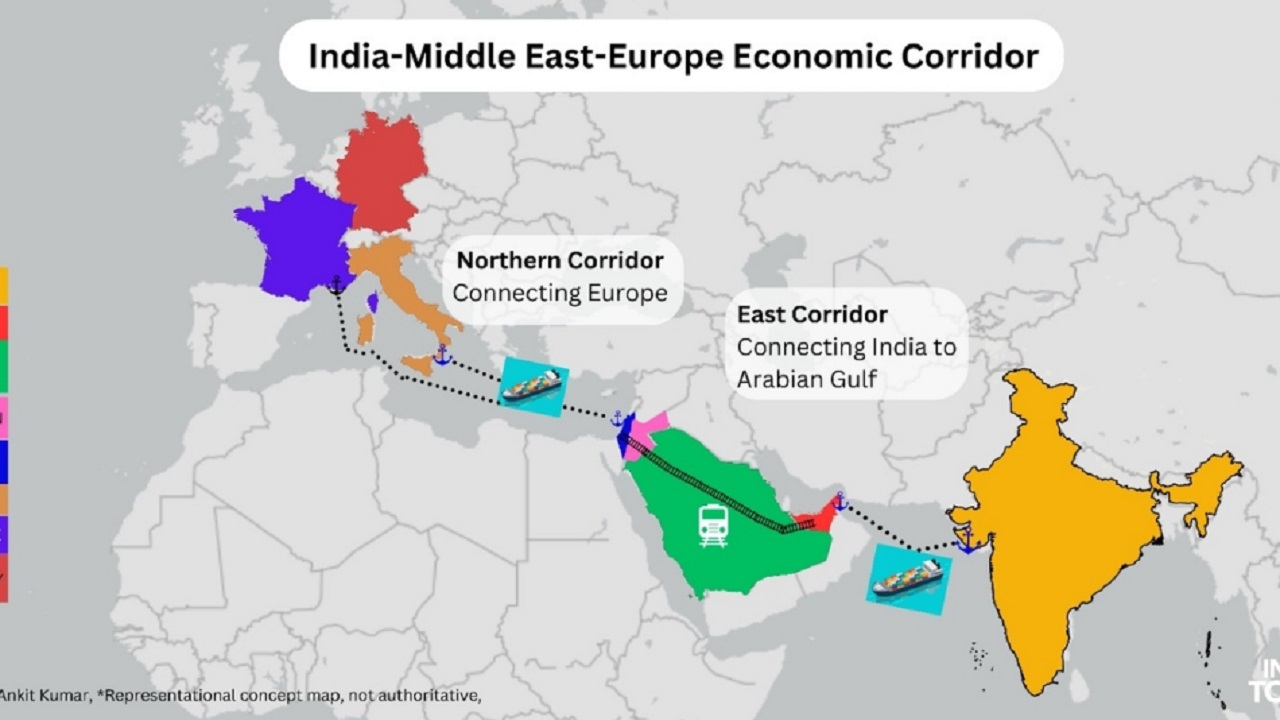India and Foreign Aid: From Dependency to Donor Nation
Context
Foreign aid refers to resources—financial, technical, or material—provided by one country to another for development, humanitarian, or strategic purposes. India, as a newly independent nation in 1947, faced enormous challenges such as poverty, illiteracy, food shortages, and weak infrastructure. Foreign aid became a crucial tool for supporting India's development agenda.
Significance of Foreign Aid to India
-
Post-Independence Development Needs
After 1947, India lacked capital, technology, and trained human resources. Foreign aid supported major sectors like agriculture, health, and education. -
Peak Aid Period (1955–1965)
This was when India received the maximum foreign assistance, largely from Western nations and multilateral agencies. Aid helped fund major infrastructure and industrial projects. -
Government as Primary Recipient
The government was considered the principal agent of change, and foreign aid supported public sector development. -
Support to NGOs
From the 1960s onwards, NGOs began receiving foreign funds for grassroot projects in health, education, and rural upliftment. -
Poverty and Health Focus
Foreign aid contributed to poverty alleviation and health programs, such as USAID support for HIV/AIDS initiatives. -
Geopolitical Leverage
Foreign aid also functioned as a diplomatic tool, strengthening India’s ties with strategic partners and neighbors.
Reasons for the Decline in Foreign Aid
-
Rise of India’s Economic Status
India’s post-1991 reforms and growing economy led donors to shift focus elsewhere. India is now seen as a development partner, not a dependent state. -
Transition to a Donor Country
India has provided over USD 48 billion in aid to more than 65 countries, especially in Africa and South Asia. -
Declining ODA Share
Official Development Assistance has become negligible in proportion to India’s GDP and budget post-2000. -
FCRA Restrictions
Tightened rules under the Foreign Contribution Regulation Act (FCRA) have reduced foreign funding to NGOs. -
Changing Global Priorities
Conflicts in Ukraine, the Middle East, and internal economic issues in donor countries have diverted aid flows. -
Donor Economic Slowdown
Economic strain in Western nations leads to lower aid budgets and inward-focused fiscal policies.
Impacts of Declining Foreign Aid
-
NGO Project Disruptions
Many NGOs face shutdowns or scale-backs, particularly in education, women’s welfare, and environmental conservation. -
Unemployment
Thousands of development sector jobs are at risk due to discontinued or downsized foreign-funded projects. -
Delayed Infrastructure Development
Projects for rural roads, health centers, and schools may suffer due to funding gaps. -
Wastage of Humanitarian Stockpiles
Undistributed food and medical aid can spoil or expire without proper logistical support. -
Reduced Global Collaboration
Decline in aid flows affects cooperative efforts on climate change, health security, and sustainable development.
The Road Ahead for India
-
Shift Toward FDI and Strategic Alliances
India should attract more FDI and forge technology- and trade-focused partnerships. -
Government Support to NGOs
Public funding and domestic philanthropy can help replace shrinking foreign aid for civil society organizations. -
Efficient Aid Management
Existing aid should be monitored with transparency and outcome-based evaluation. -
Leveraging Aid Diplomatically
India should use its foreign assistance program to foster stronger ties in Asia and Africa through soft power and development diplomacy.
Conclusion
India’s evolution from aid recipient to aid donor reflects its economic transformation. However, the indirect dependence on foreign aid for NGO and social sector operations cannot be ignored. As global dynamics shift, India must step up as a development leader by promoting sustainable, inclusive partnerships that reflect both national interest and global responsibility




Comments (0)